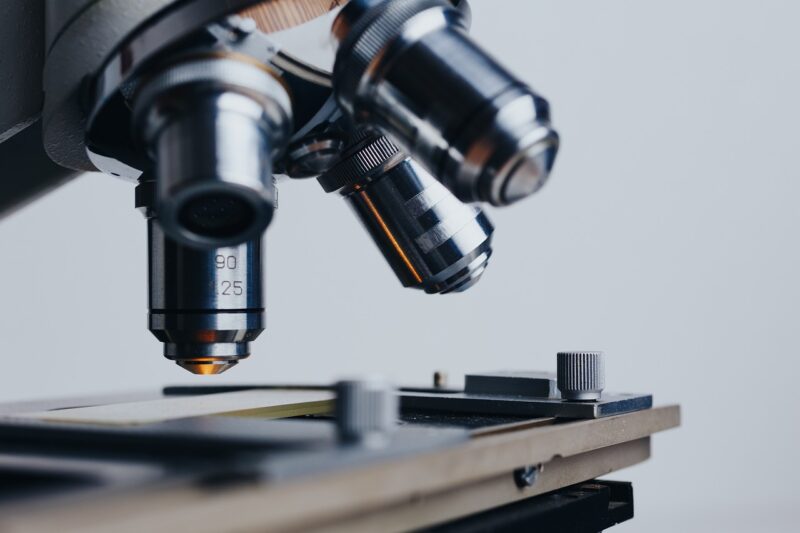
The invention of the microscope in the late 16th century marked a turning point in the history of science. It opened doors to previously unseen worlds and revolutionized our understanding of biology and the structure of matter. This small device allowed scientists to explore the minutiae of life, leading to groundbreaking discoveries that changed the fields of biology, medicine, and chemistry forever.
1. The Origins of the Microscope
The microscope’s journey began in the Netherlands in the late 1500s, primarily attributed to the work of Zacharias Janssen and his father, Hans Janssen, who experimented with lenses. In 1590, they developed the first compound microscope, combining multiple lenses to magnify small objects significantly. This invention was initially a curiosity but laid the foundation for profound advancements in scientific research.
One of the most notable early proponents of the microscope was Antonie van Leeuwenhoek, a Dutch tradesman and scientist. Using his handcrafted single-lens microscopes, he uncovered a hidden universe, meticulously observing microorganisms in pond water and bacteria from dental scrapings, thus earning him the title of the “father of microbiology.”
2. The Technological Improvements
Initially, microscopes were rudimentary, with a limited ability to focus and an inadequate resolution. However, as science progressed, so did microscope technology. By the 17th century, significant improvements made their way into the design and function of microscopes:
- Improved Lenses: Glassmaking techniques advanced, enabling the production of better quality lenses that could focus light more accurately, allowing greater magnification and improved clarity of images.
- Illumination Techniques: Scientists developed new methods for illuminating samples, such as using mirrors, which enhanced visibility and provided more detailed images.
- Stability Enhancements: The stability of microscopes improved through better construction techniques, enabling users to view samples without the instrument shaking or jostling.
These advancements made microscopes more accessible and useful, setting the stage for the scientific revolution that followed.
3. Major Scientific Discoveries Enabled by Microscopy
With the advent of microscopes, an entire phase of scientific exploration began. Scholars could no longer limit their studies to what was visible to the naked eye. Some significant discoveries made possible by microscopes include:
- Cell Theory: Microscopy enabled scientists like Robert Hooke to observe cells in cork and propose the idea that all living organisms are made up of cells—this fundamental concept transformed biology and established the basis for cell theory.
- Microorganisms Discovery: Van Leeuwenhoek’s detailed observations of microorganisms paved the way for the field of microbiology and influenced the understanding of diseases, hygiene, and fermentation processes in food production.
- Advancements in Medicine: The microscope played a crucial role in medical breakthroughs by allowing scientists to identify pathogens, study tissues, and further comprehend the causes of diseases, leading to increased efficacy in treating illnesses.
These discoveries illustrate how the microscope facilitated scientific inquiry that transformed various fields, emphasizing its critical role in the advancement of science.
4. The Broader Impact on Science and Society
The implications of the microscope were not just confined to specific scientific discoveries; they reverberated throughout society:
- Educational Reforms: The microscope fostered a spirit of inquiry that fueled educational reforms, emphasizing the importance of empirical evidence and observation over speculation and conjecture.
- Public Health Improvements: The identification of microbes as agents of disease led to public health initiatives and definitions of sanitation practices, which contributed to longer life expectancies in the modern era.
- Technological Innovation: The quest for better microscopes fueled technological innovations in optics and lens-making, leading to advancements that permeated many fields, influencing whether in astronomy, photography, or even consumer electronics today.
In essence, the microscope has been a linchpin in understanding our world and has prompted societal evolutions aligned with scientific advancements.
5. The Evolution of Modern Microscopes
With time, the design of microscopes has only become more sophisticated. Today, we have a range of advanced microscopes:
- Electron Microscopes: Allow scientists to view specimens at the nanometer scale, vital for materials science and molecular biology.
- Fluorescence Microscopes: Enable the illumination of samples with fluorescent dyes, allowing researchers to visualize structures within cells with unprecedented detail.
- Confocal Microscopes: Use laser light to scan specimens, making 3D imaging possible and essential for biological research.
These modern advancements continue to push the limits of what we can see and understand, indicating that the journey initiated by one simple lens is far from over.
Conclusion
The first microscope set into motion a scientific revolution that transformed our vision of the microscopic world, laying the groundwork for numerous breakthroughs across various scientific disciplines. From the cell theory to the discovery of microorganisms, the microscope revealed the unseen components of life that contribute to the biological tapestry of our universe. Today, as technology continues to advance, we stand on the shoulders of giants, carrying forward their legacy as we endeavor to understand both the smallest structures and the vast complexities of life.
With such a rich history, the microscope not only remains fundamental to scientific inquiry but also serves as a reminder of humanity’s insatiable curiosity and desire to explore beyond what we can see with the naked eye.








